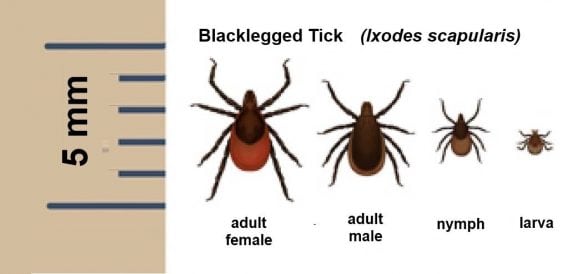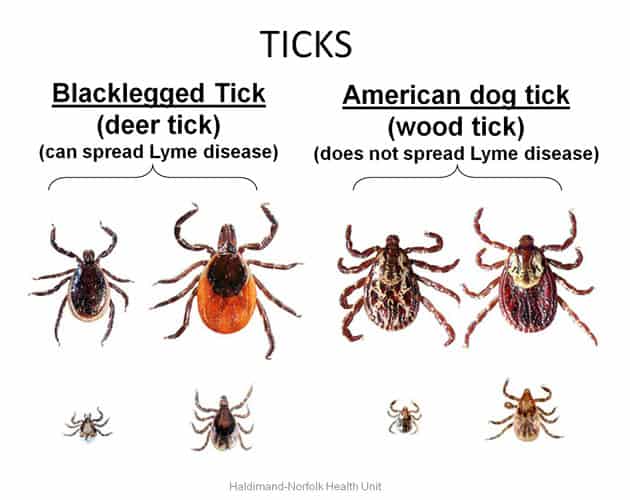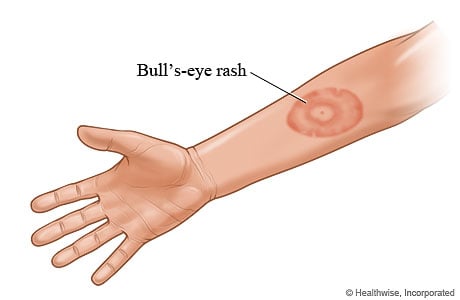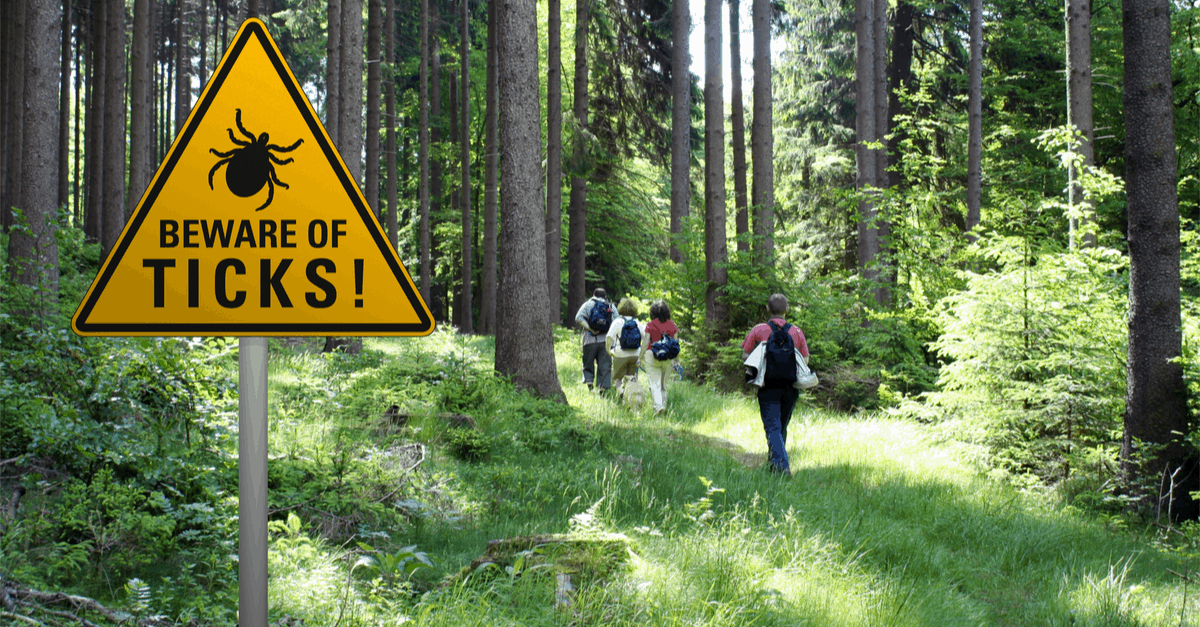Lyme Disease – What You Need to Know
As the weather heats up and kids spend more time playing outside, ticks become a bigger threat. Although Lyme Disease can be contracted throughout the year, cases spike between the months of June and October. With Lyme Disease being the most common tick-borne disease in the United States, knowing the following information can help keep your children and yourself safe!
In the United States, Lyme Disease is especially common in the Northeast, with Pennsylvania and New York being the two states with the highest incidence of occurrence. Lyme disease is caused by the bacterium Borrelia burgdorferi and rarely, Borrelia mayonii. These bacteria are carried and transmitted to humans through the bite of infected blacklegged or deer ticks.

Many ticks do not carry Lyme Disease. One common tick often confused with Blacklegged or Deer ticks is the American dog tick.

Symptoms of Lyme Disease
Generally, symptoms of early Lyme Disease include fever, fatigue, headache, and a skin rash called erythema migrans. Symptoms usually begin within 3-21 days after the initial tick bite. If left untreated Lyme can also cause arthritis, a more extensive rash, and in rare cases neurological or heart problems.

Preventing Lyme Disease
Blacklegged ticks or Deer ticks generally reside in moist, shady spots at ground level. They hang on to tall grass, bushes and brush, and are generally found no more than two feet off the ground. They can also be found living in gardens and lawns, and especially love the edges of forests and stone walls.
If a tick is able to get onto your skin, they generally climb up the body. Your best protection from Lyme Disease is to avoid coming in contact with aforementioned vegetation, but if you love to spend time outdoors in tick-friendly locations, here is a list of ways to protect yourself.
- Wear light-colored clothing with a tight weave to spot ticks easily.
- Wear enclosed shoes, long pants and a long-sleeved shirt. Tuck pant legs into socks or boots and shirt into pants.
- Check clothes and any exposed skin frequently for ticks while outdoors.
- Use DEET containing insect repellent.
- Stay on cleared, well-traveled trails. Walk in the center of trails. Avoid dense woods and bushy areas.
- Avoid sitting directly on the ground or on stone walls.
- Keep long hair tied back, especially when gardening.
- Bathe or shower as soon as possible after going indoors (preferably within two hours) to wash off and more easily find ticks that may be on you.
- Do a final, full-body tick check at the end of the day (also check children and pets), and remove ticks promptly.
Removing Ticks
Before removing a tick, make sure you know what you are doing! Here is an instructional video on what you need to know.
Treating Lyme Disease
The vast majority of cases of Lyme Disease are caught early and successfully treated with a 2-3 course of antibiotics. Treatment is based purely on symptoms and clinical findings because the blood tests are not accurate, and often will not show Lyme Disease for 4-6 weeks after the initial tick bite. If your child has a tick attached for > 36 hours, you should contact us within 48 hours so we can discuss antibiotic prophylaxis for the tick bite.




